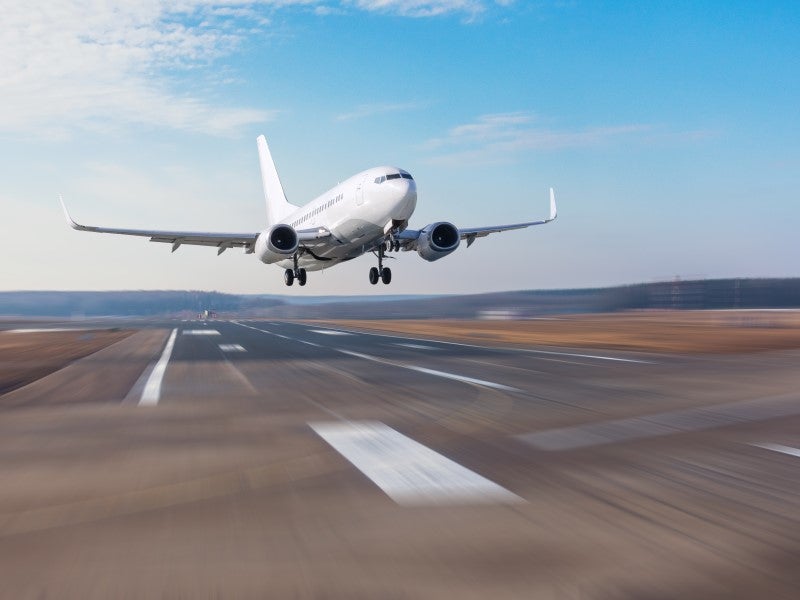The commercial aircraft industry has recently shown better than expected signs of recovery, with Boeing recently revising its ten-year aircraft demand forecasts upwards by 5.5% over last year’s projections.
Boeing and Airbus are expected to have combinedly delivered 900 aircraft by the end of 2021 – up from 723 in 2020, and even higher than the 863 and 800 aircraft delivered in 2019 and 2018, respectively. According to Boeing’s revised projections, the commercial aircraft industry is set to deliver 19,330 aircraft over the next ten years, with the majority of those being single-aisle planes, like the Airbus A320 and the Boeing 737 Max.
As of the end of June 2021, Airbus had reported a backlog of 6,925 jets, 800 aircrafts shy of the company’s all-time backlog record of 7,725 aircraft in January 2020. Similarly, Boeing’s backlog at the same time-point was 5,084 aircraft, 880 aircraft below its all-time record set in August 2018.
This does not appear to be just an ahead-of-the-curve demand. The Covid-19 pandemic has changed dynamics, with demand for smaller and more efficient aircraft, rising air cargo volumes, and the resurgence of low-cost carriers driving this unexpected recovery.
Large aircraft are shunned for smaller and more efficient aircrafts
Four-engine, double-decker aircraft, such as the Airbus A380 and Boeing 747, were those grounded most during the pandemic, and that is set to become a permanent fixture. Many airlines are to replace such large planes with more economical two-engine planes, as the space and luxury offered by the former are no longer needed based on new consumer trends.
In fact, the number of double-decker planes built by Boeing and Airbus is set to dwindle. 89% of Airbus and 81% of Boeing’s backlog as of June 2021 are narrowbody aircraft, such as the Airbus A220 and A320ceo/neo and the Boeing 737 NG/MAX. Boeing is also shutting down its 747-production line in 2022, while Airbus delivered its last A380 last June.
How well do you really know your competitors?
Access the most comprehensive Company Profiles on the market, powered by GlobalData. Save hours of research. Gain competitive edge.

Thank you!
Your download email will arrive shortly
Not ready to buy yet? Download a free sample
We are confident about the unique quality of our Company Profiles. However, we want you to make the most beneficial decision for your business, so we offer a free sample that you can download by submitting the below form
By GlobalDataCargo drives demand for new planes indirectly
Demand for air freight had risen during the pandemic and is set to continue growing over the coming years as air cargo transportation is increasingly seen as a means of diversification for expanding international trade.
Demand for cargo aircraft has been mainly met by the conversion of existing old passenger aircraft. Boeing and Airbus have been expanding their conversion lines turning old passenger planes into freight carriers; Boeing is set to increase its conversion lines capacity by 60% by 2022, while Airbus aims to triple its output of converted A321s and A330s by 2024.
According to industry sources, this condition has increased the rate of replacement of older passenger aircraft; from 15% of a fleet typically retired every five years, the industry is now looking at 20% to 25%.
Resurgence of low-cost airlines
Demand for new aircraft is not only coming from existing airlines renewing their fleet but also from new low-cost airlines entering the market. Paradoxically, the Covid-19 pandemic seems to be behind this trend, changing the profile of air travellers. A pent-up demand of leisure travellers being even more price-sensitive than before, reduced demand for business travel and frills, along with the flexibility of the low-cost airline business model are key drivers.
Accordingly, from airline start-ups appearing in Latin America and the Caribbean to more prominent in the US (Avelo Airlines, Breeze Airlines), Europe (Norse Atlantic Airways), Middle East (Air Arabia Abu Dhabi and Wizz Air Abu Dhabi) and the Pacific (Bonza Airlines), these low-cost carriers have boosted the backlog of the aircraft manufacturing industry.










Related Company Profiles
The Boeing Co
Airbus SE